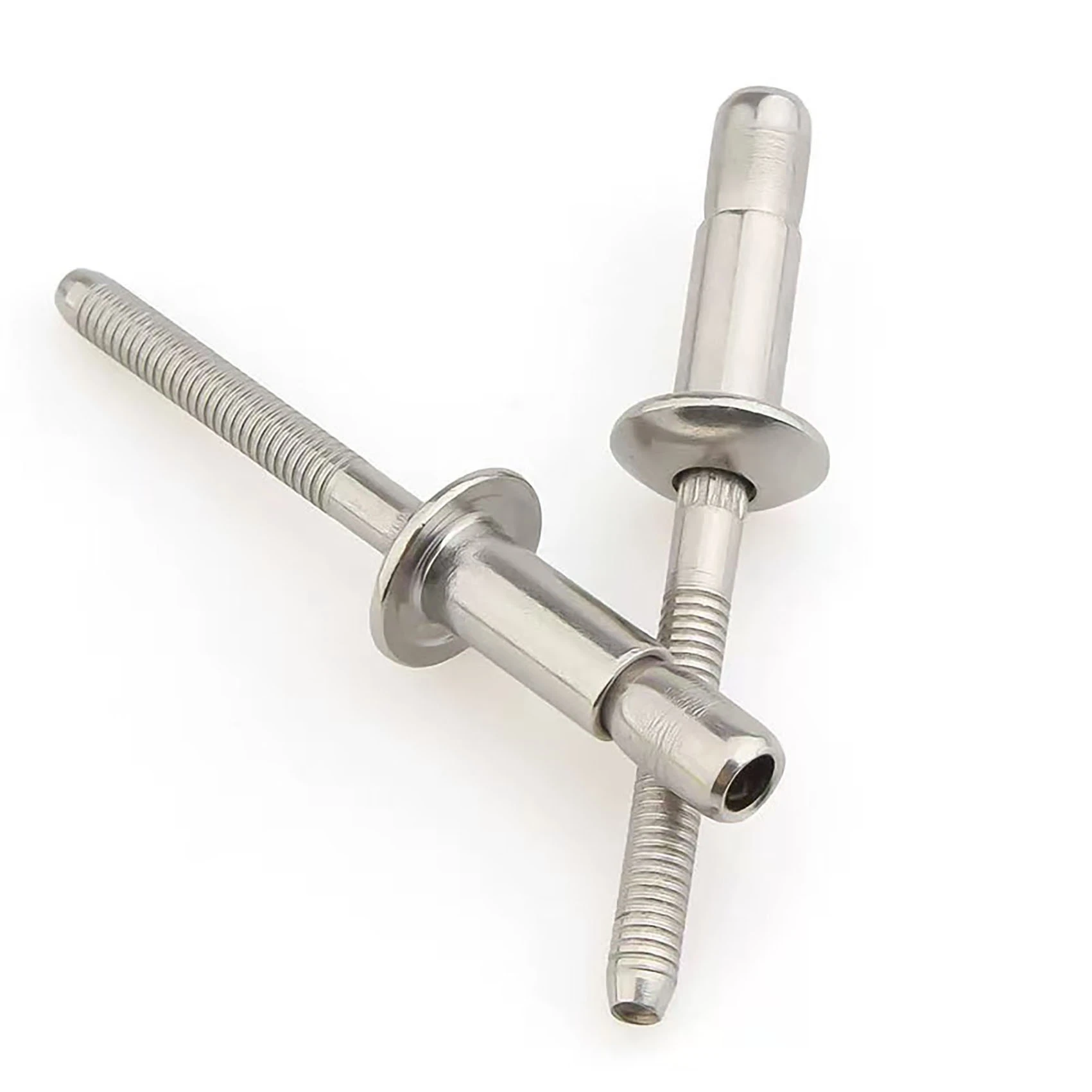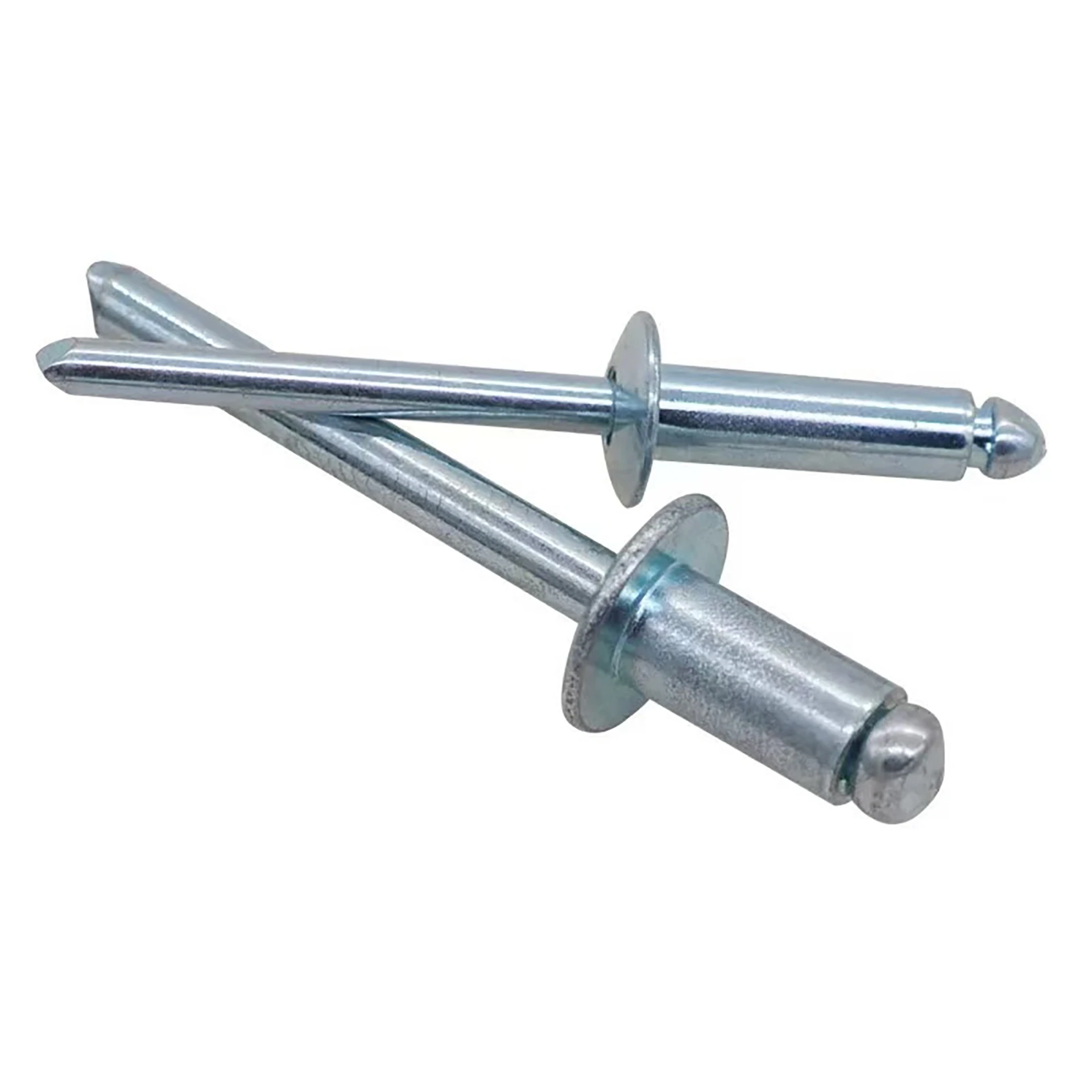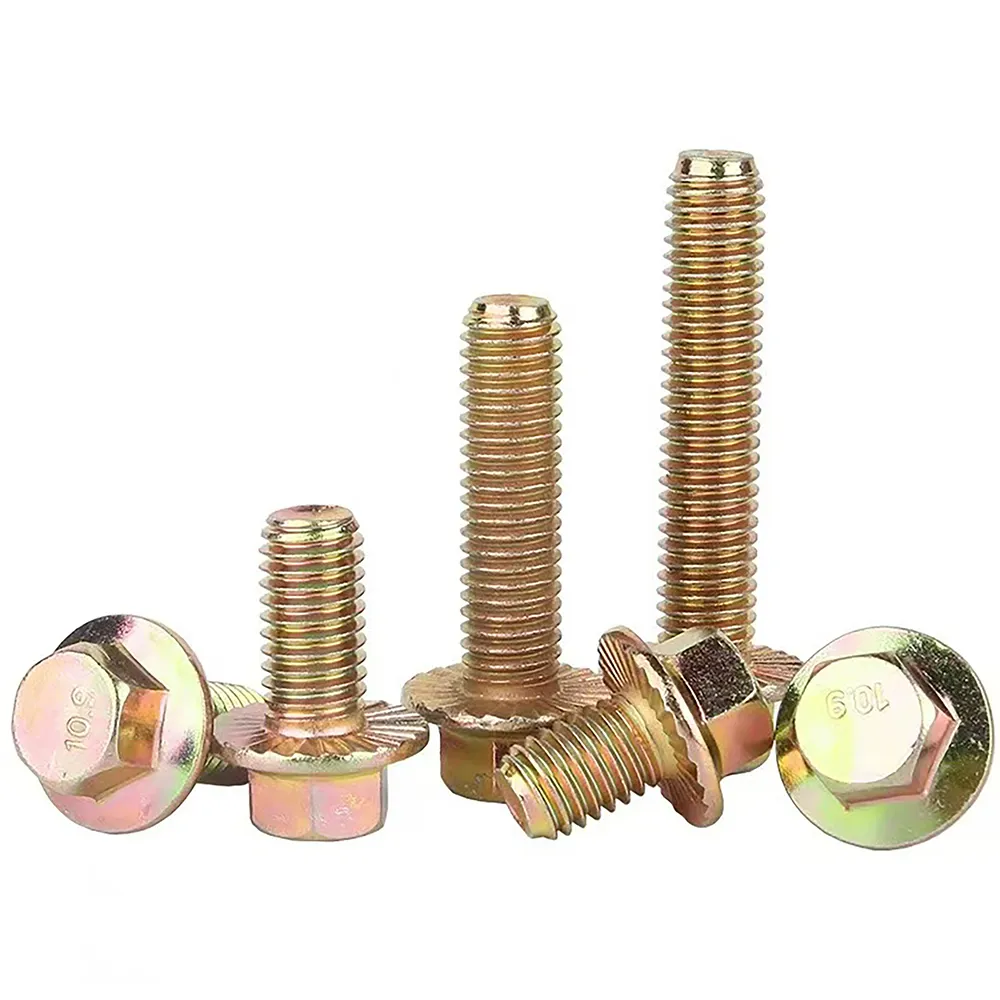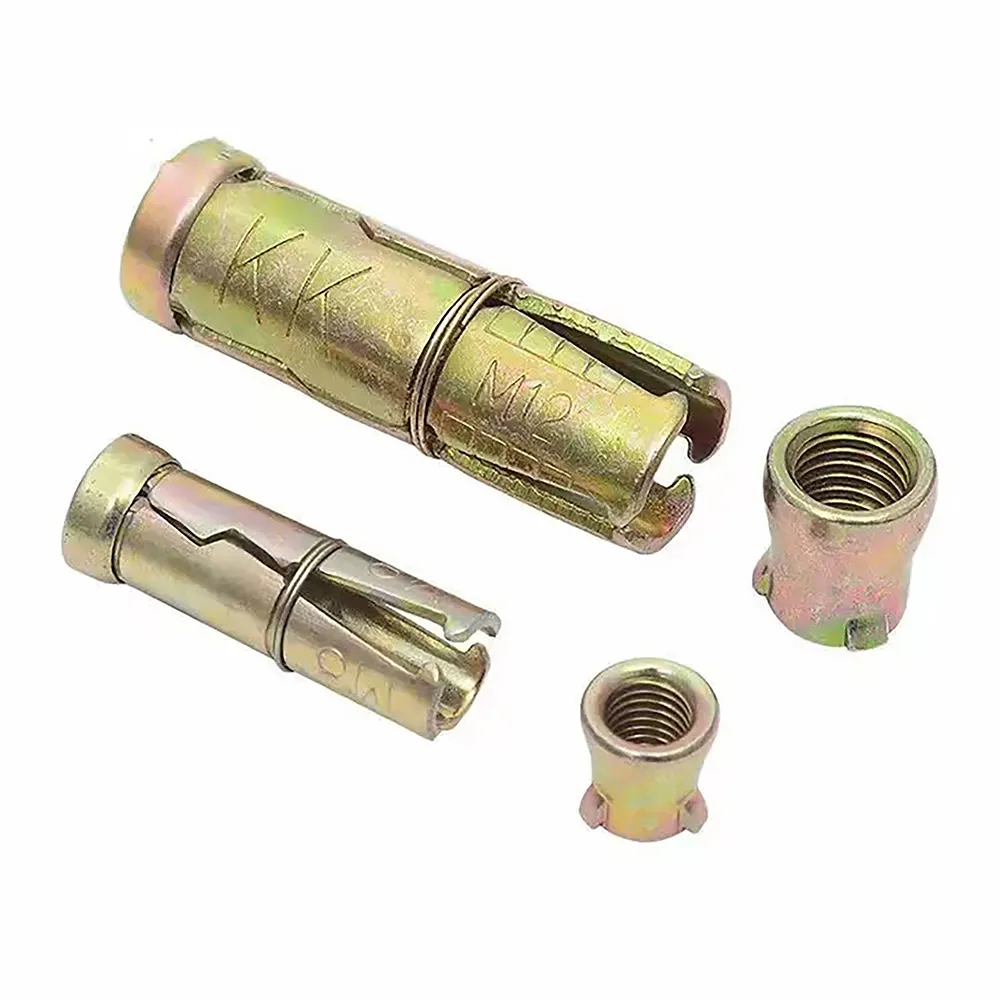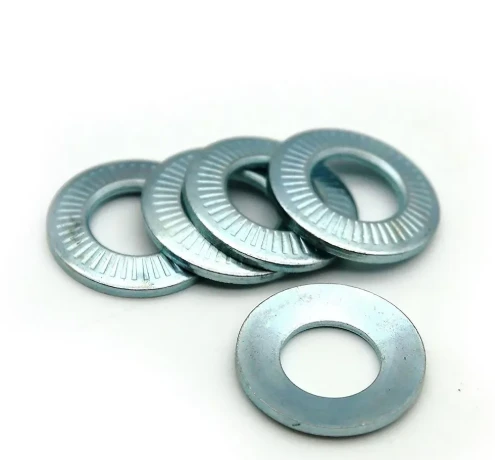TEL:+86 15630072814
Externally Locking Rivets - High Strength Structural Blind Rivets for Truck, Steel Frame & Container Construction | YJT 8033
home >
Products >Rivets & Fastening Solutions >Structural Blind Rivets > Externally Locking Rivets - High Strength Structural Blind Rivets for Truck, Steel Frame & Container Construction | YJT 8033
Externally Locking Rivets - High Strength Structural Blind Rivets for Truck, Steel Frame & Container Construction | YJT 8033
DESCRIPTION
PRODUCT Tags
Structural Characteristics
After riveting, the fractured portion of the mandrel flares out and protrudes externally from the rivet body, forming a visible locking structure (such as a cap flange or step), which facilitates inspection of connection quality. This design significantly enhances tensile strength (capable of reaching over 30 kN) and shear strength (exceeding 40 kN), making it suitable for applications requiring high-strength connections, such as steel frameworks, automobiles, and shipping containers.
Advantages of Externally Threaded (Locking Mandrel) Rivets:
· Wide grip range
· The mandrel and rivet body are securely locked, allowing for inspection at the riveted point
· High tensile and shear strength
· Sealing effect
Materials of Externally Threaded (Locking Mandrel) Rivets:
Aluminum rivet body / Aluminum mandrel
Steel rivet body / Steel mandrel
Stainless steel rivet body / Stainless steel mandrel
Types of Head Styles for Externally Threaded (Locking Mandrel) Rivets:
Dome head
Countersunk head
Large flange head
After riveting, the fractured portion of the mandrel flares out and protrudes externally from the rivet body, forming a visible locking structure (such as a cap flange or step), which facilitates inspection of connection quality. This design significantly enhances tensile strength (capable of reaching over 30 kN) and shear strength (exceeding 40 kN), making it suitable for applications requiring high-strength connections, such as steel frameworks, automobiles, and shipping containers.
Advantages of Externally Threaded (Locking Mandrel) Rivets:
· Wide grip range
· The mandrel and rivet body are securely locked, allowing for inspection at the riveted point
· High tensile and shear strength
· Sealing effect
Materials of Externally Threaded (Locking Mandrel) Rivets:
Aluminum rivet body / Aluminum mandrel
Steel rivet body / Steel mandrel
Stainless steel rivet body / Stainless steel mandrel
Types of Head Styles for Externally Threaded (Locking Mandrel) Rivets:
Dome head
Countersunk head
Large flange head
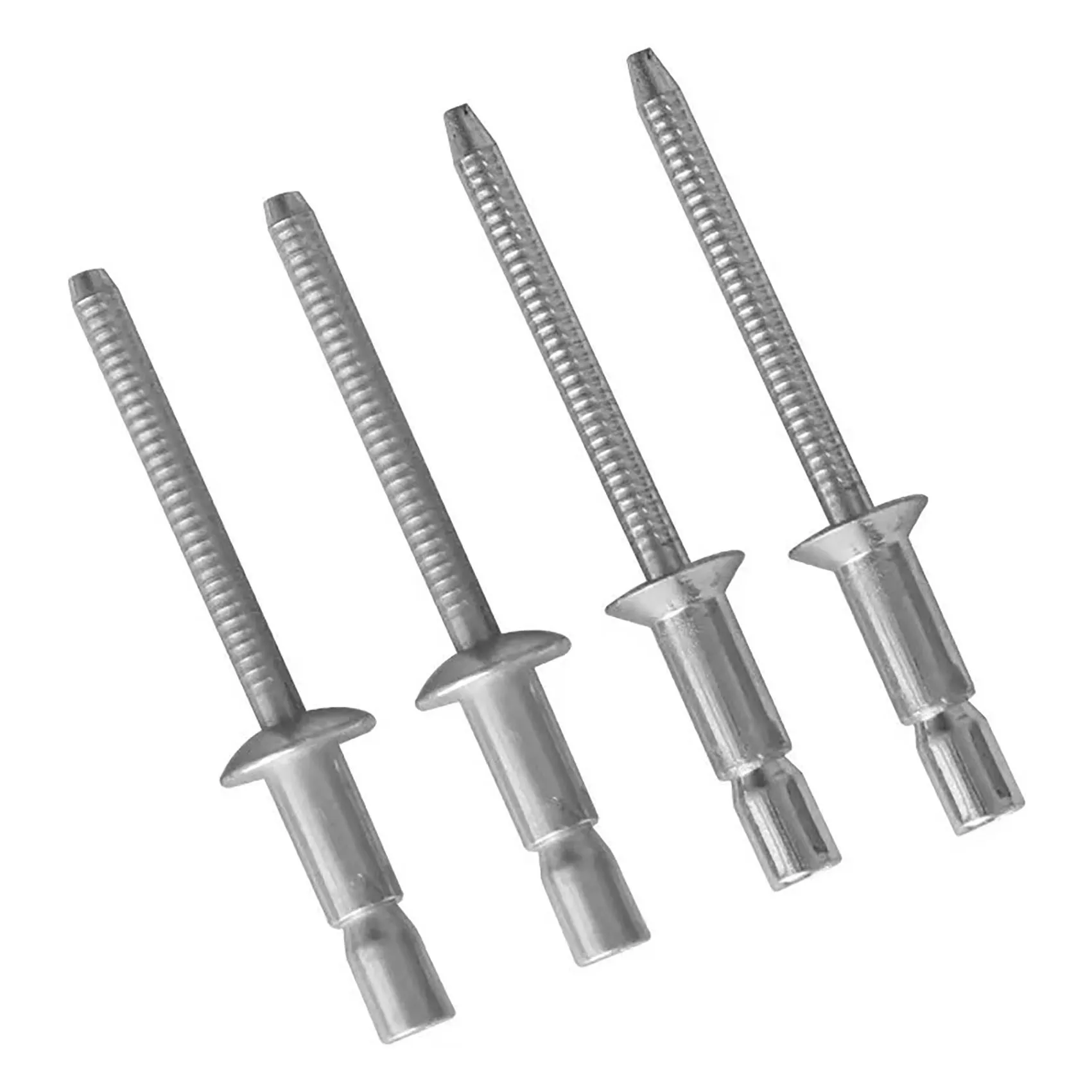
Parameter

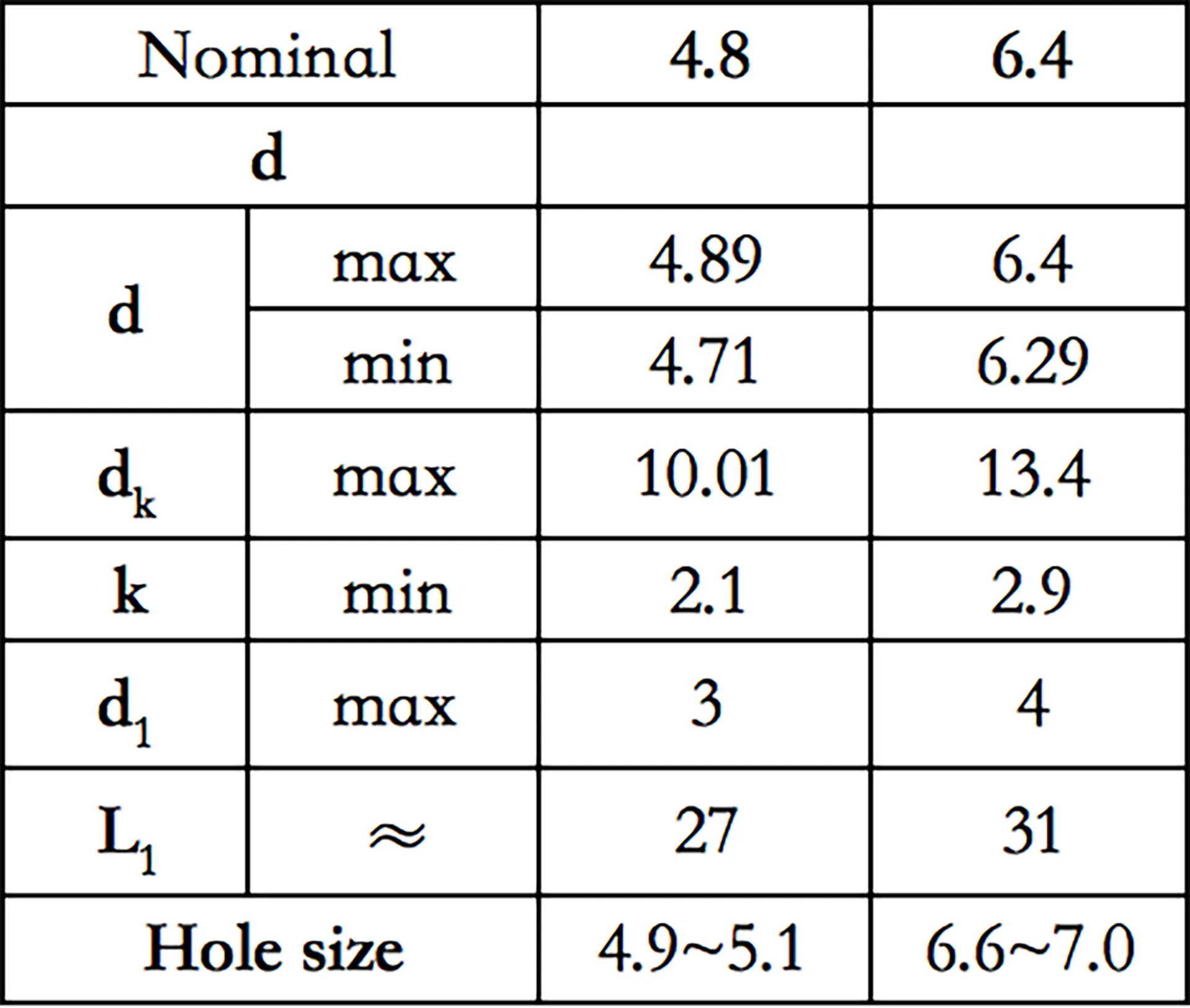
Applications:
Aerospace Industry: Aircraft fuselage, wings and empennage, engine nacelles.
Rail Transportation: Carbody assembly, equipment installation.
High-End Commercial Vehicles and Specialized Machinery: Trucks and buses, construction machinery.
